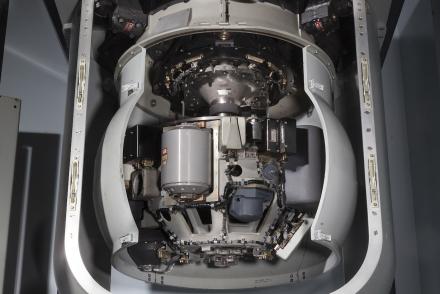The Cold War created new navigational challenges.
In a potential worldwide conflict, military response had to be immediate, accurate under all conditions, and reliable on any part of the globe. High-speed jet aircraft and ballistic missiles especially needed better mechanisms for navigation. Ground-based radio navigation techniques could be used, but satellite-based systems were developed to solve the problems of global navigation. Inertial navigation systems were developed and improved to provide guidance between fixes provided by celestial or radio navigation systems.










